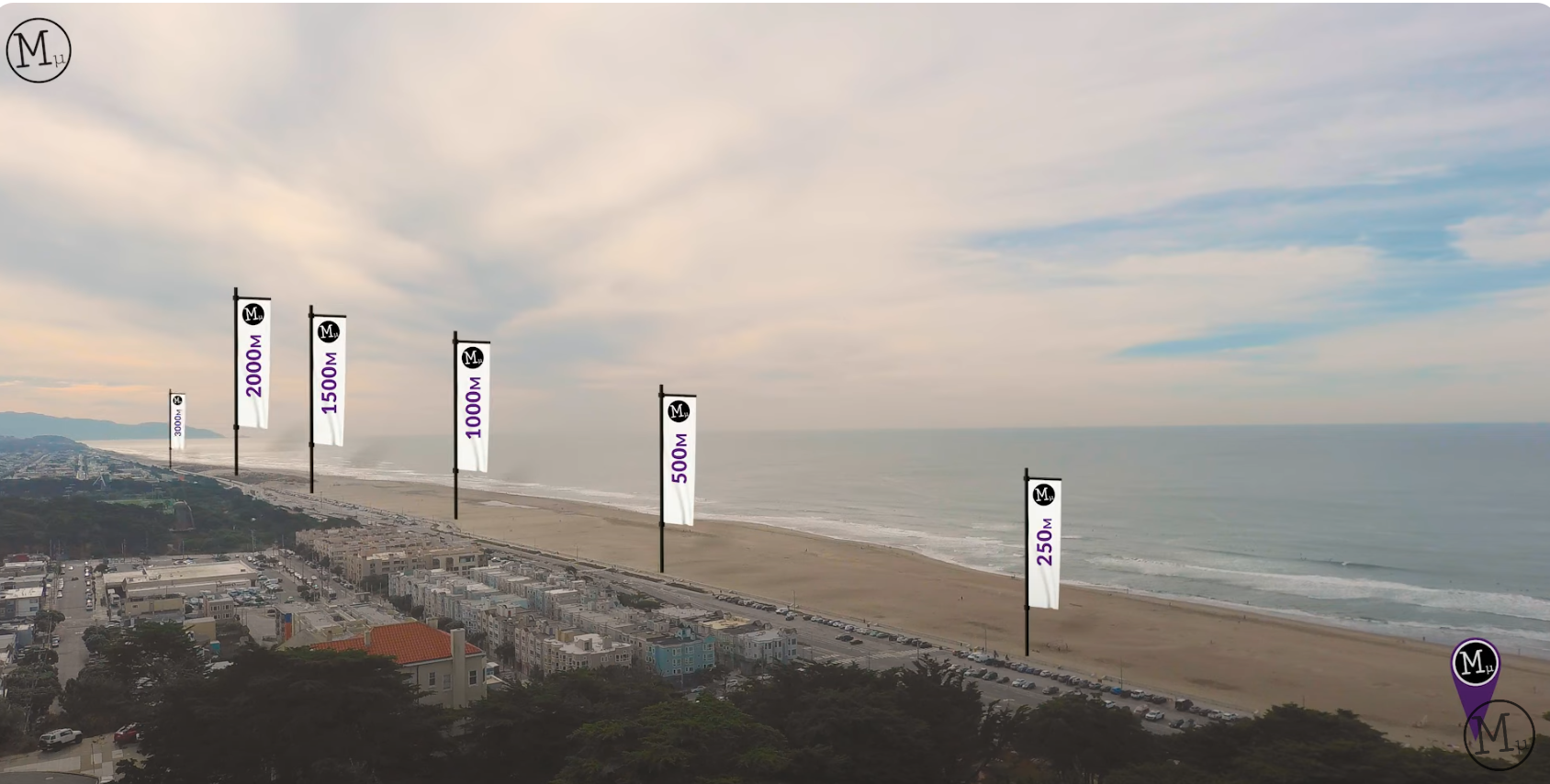
Morse Micro conducted a series of tests on Wi-Fi HaLow technology in Joshua Tree National Park, USA. The objective was to examine the maximum range and performance of Wi-Fi HaLow under conditions of minimal interference. The trials demonstrated the capability of transmitting data over distances up to 16 km with significant bandwidth.
For the testing, a standard equipment setup was employed: an access point based on the MM6108-EKH01, featuring the Wi-Fi HaLow MM6108 module and a Raspberry Pi 4. The equipment operated in its default mode with a transmitter power of 22 dBm. Morse Micro deliberately refrained from using directional antennas or boosted transmitter power to ensure the feasibility of deploying such equipment in battery-powered portable devices.
The theoretical communication range was calculated using the Friis transmission equation, accounting for signal losses at the maximum distance. According to the calculations, the maximum range under ideal conditions was approximately 15.9 km, which aligns with the IEEE 802.11ah standard requirements. Morse Micro utilized a 52-microsecond slot time, enabling them to achieve this result.
Practical testing confirmed the theoretical calculations: in the national park environment, a data transfer rate of up to 2 Mbps was achieved over a distance of 15.9 km.
According to Morse Micro experts, these results reflect the theoretical limits of the technology, making Wi-Fi HaLow ideal for applications in areas such as agriculture and infrastructure projects in remote regions. However, in urban environments with high radio signal density, HaLow’s efficiency may be reduced due to interference.


